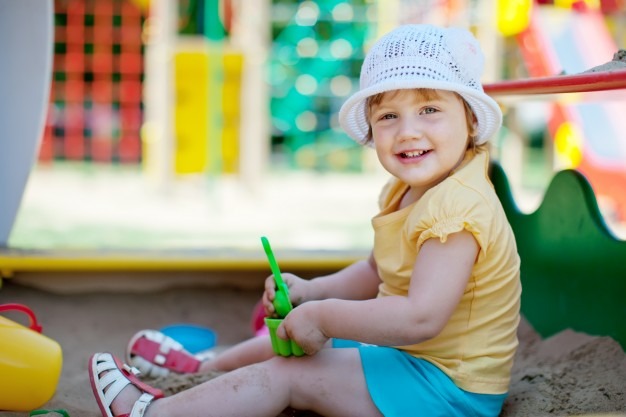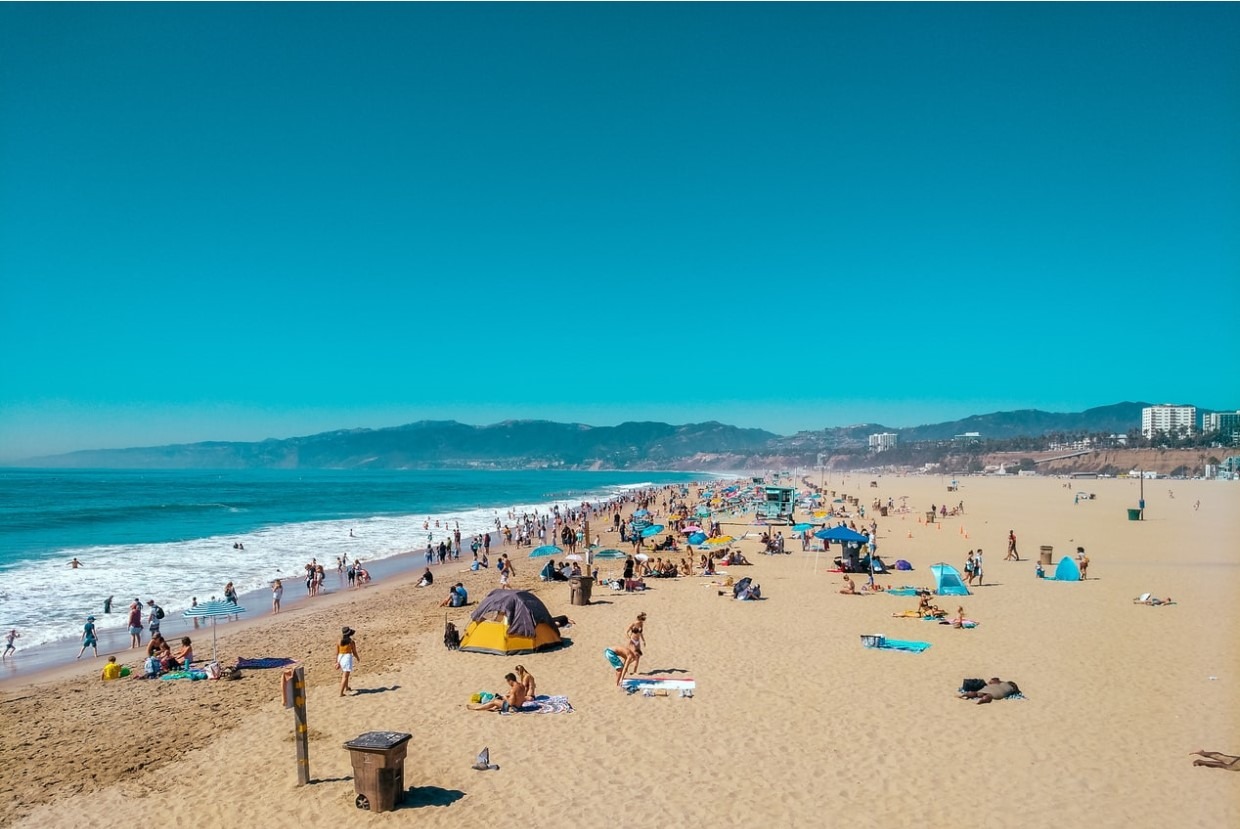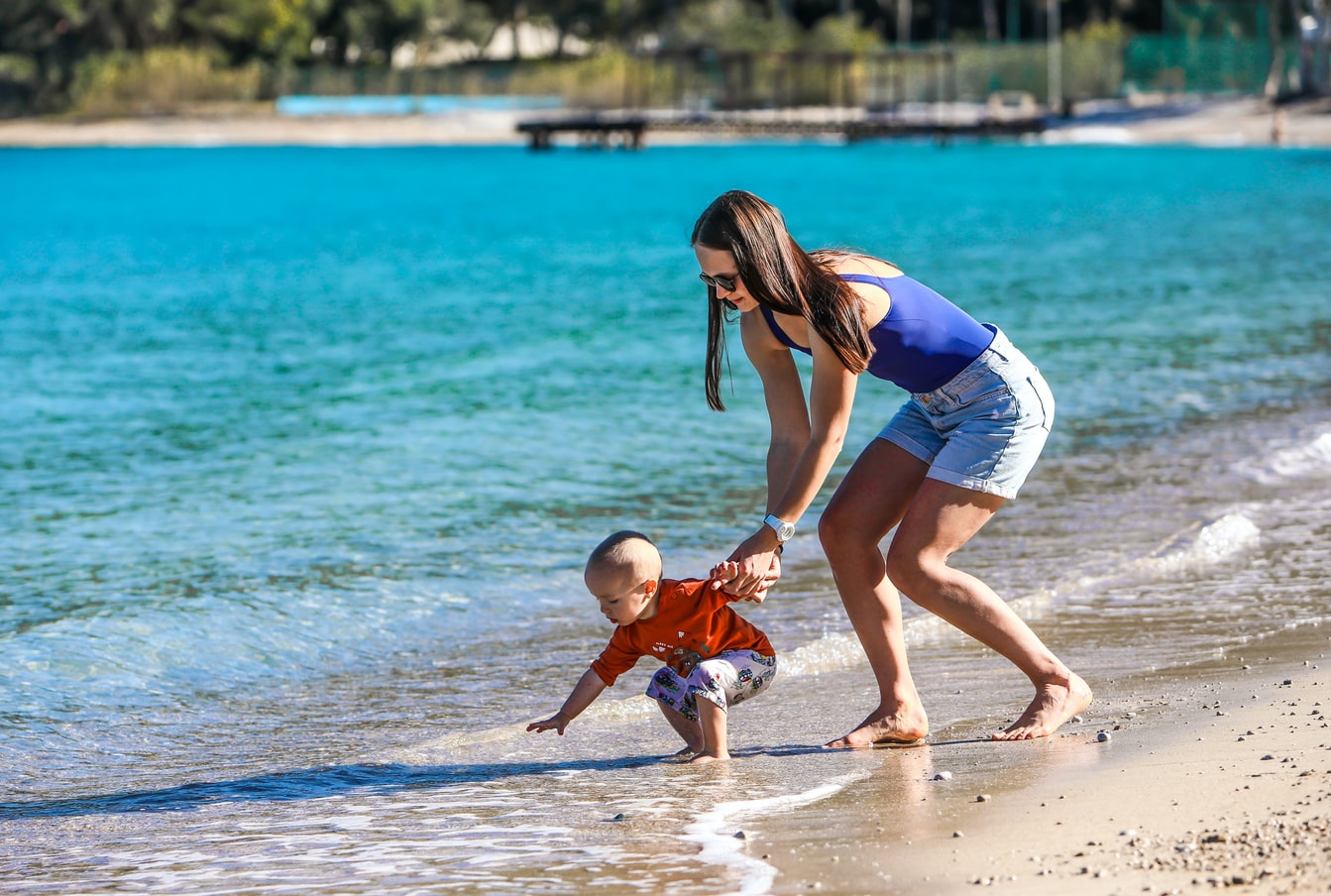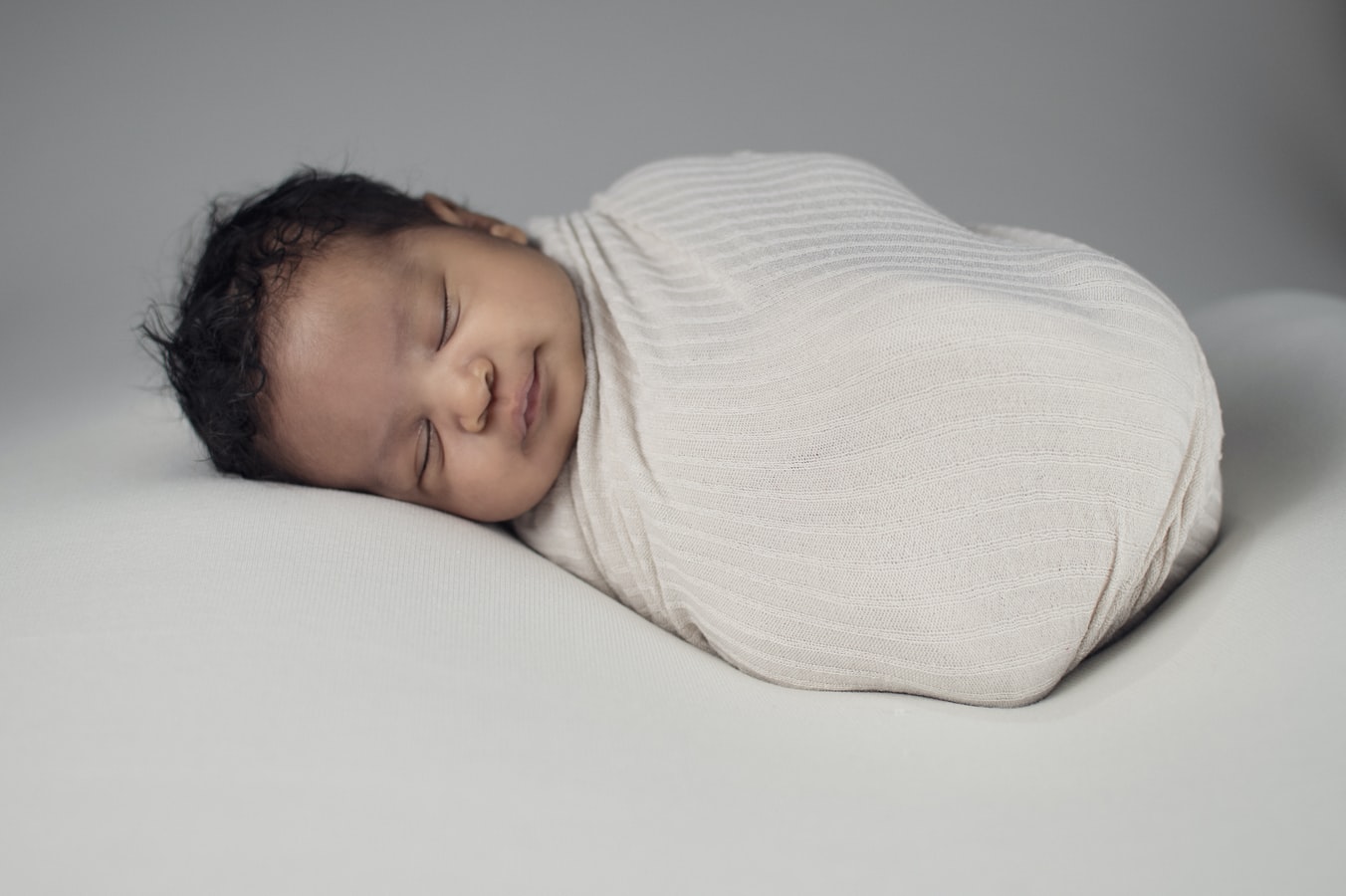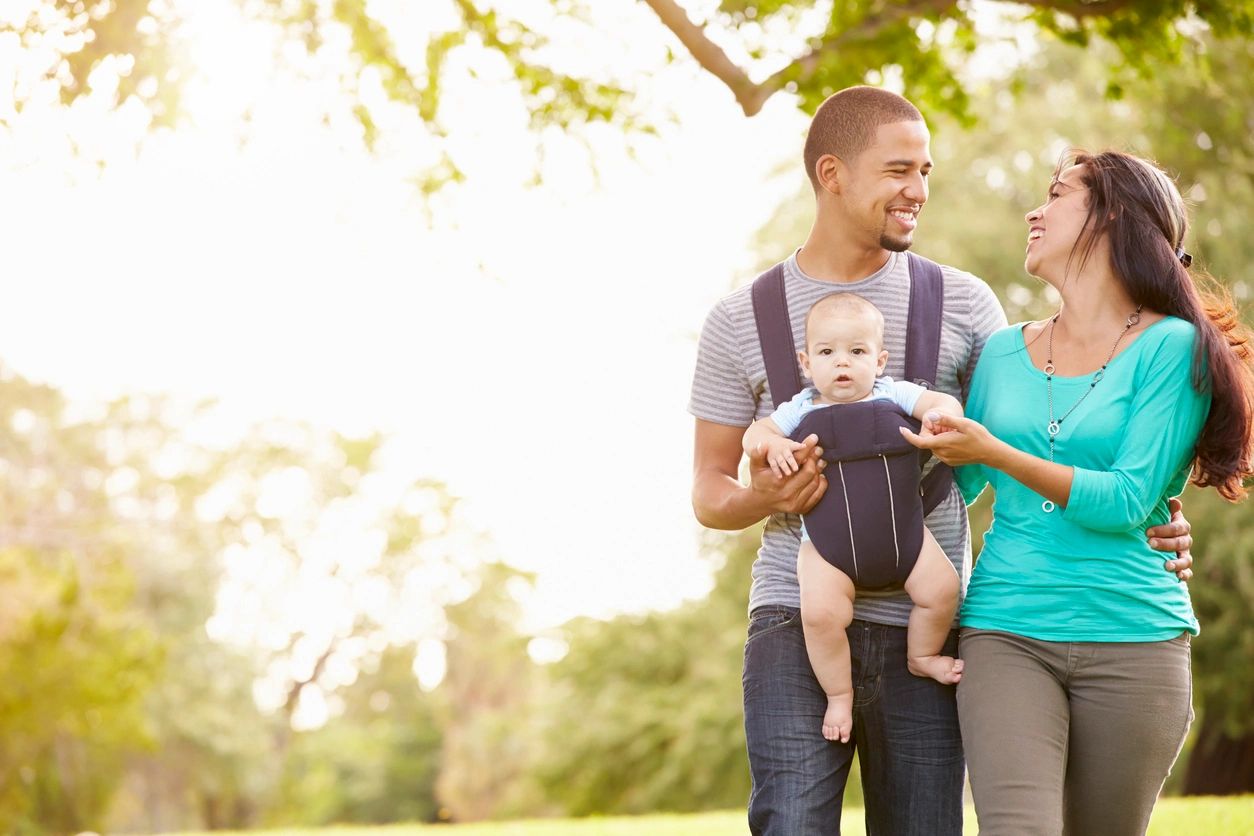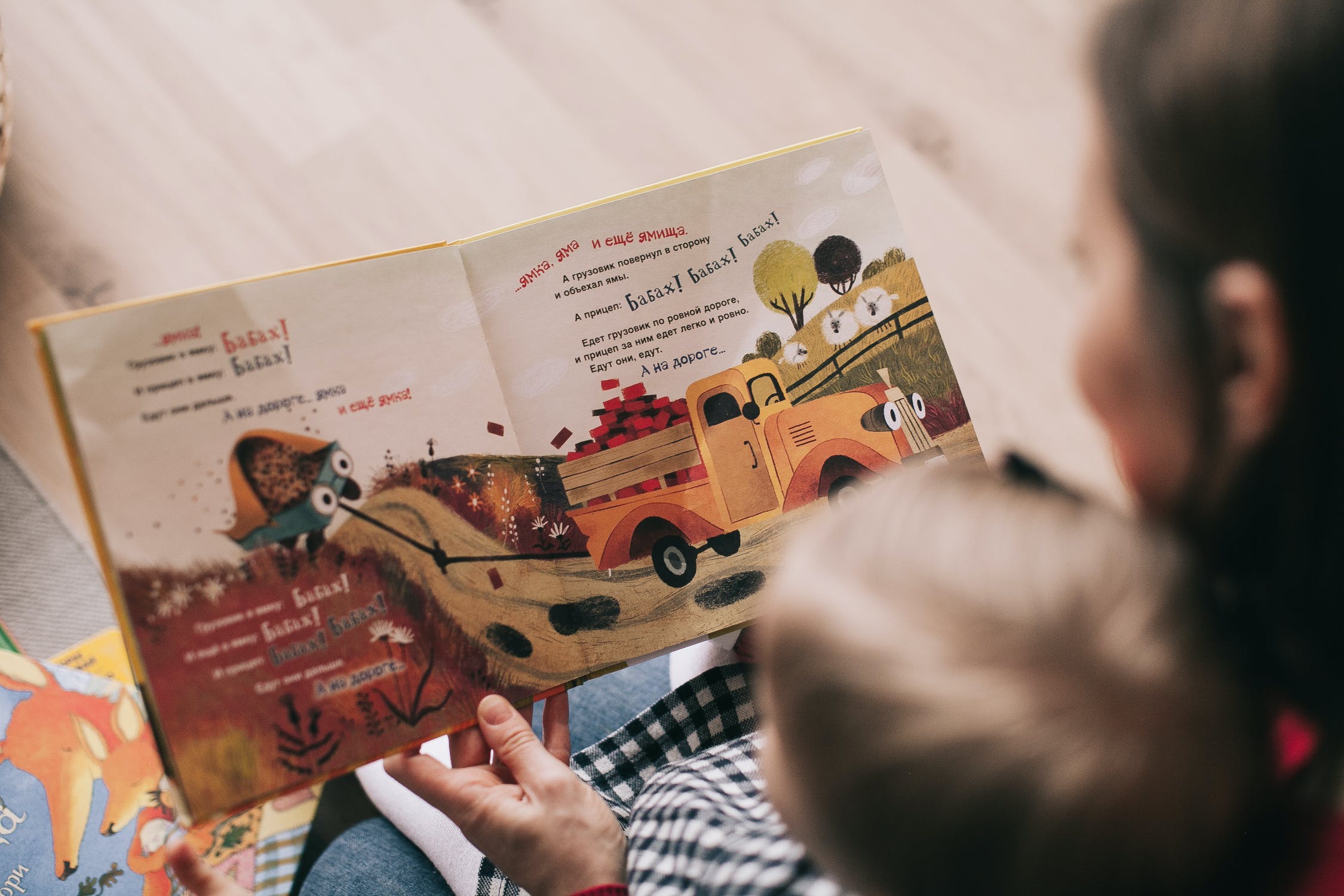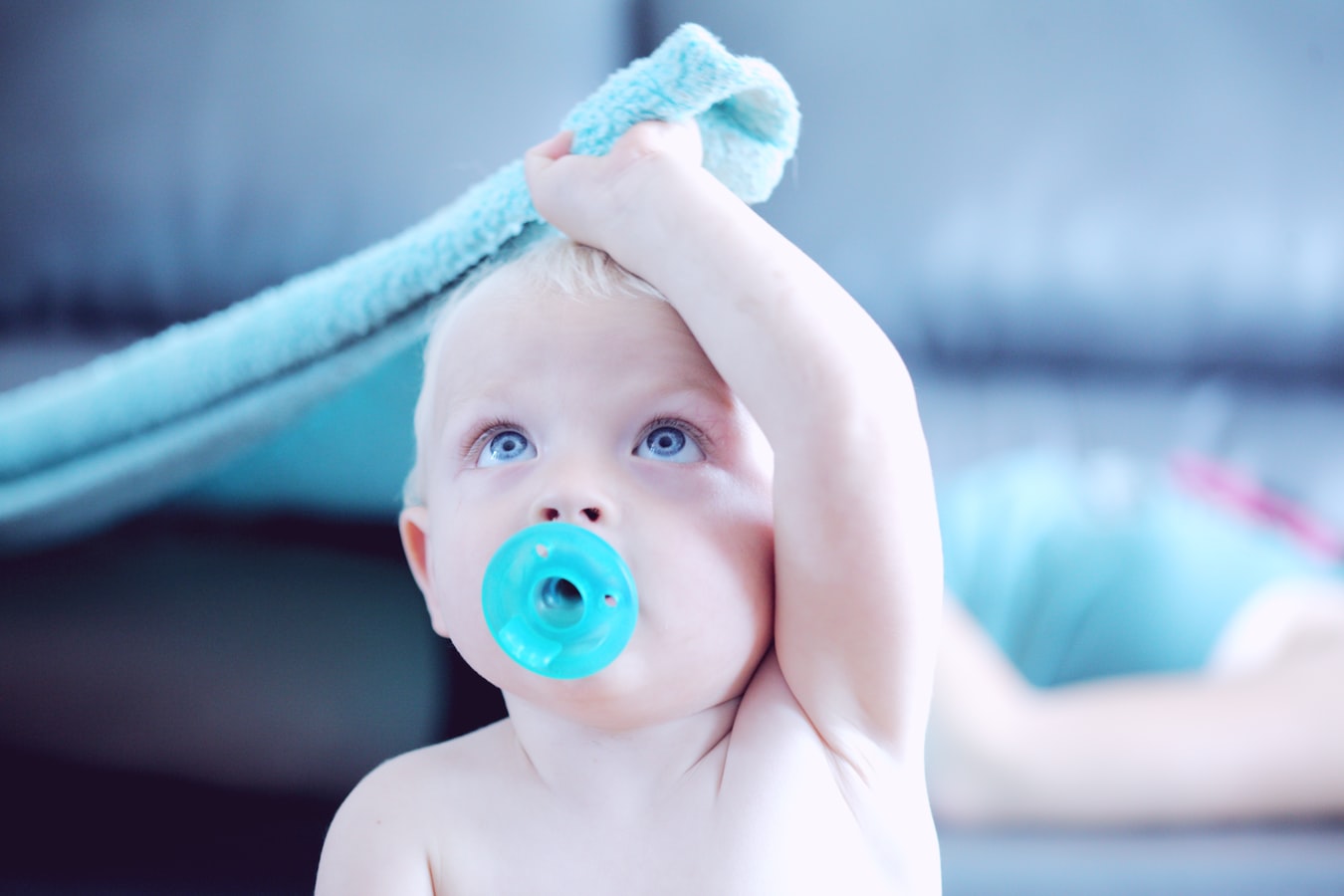Best Sand for Sandbox of 2024
When it comes to creating an inviting and fun-filled sandbox for children, choosing the right sand is paramount. The quality of the sand not only affects playability but also impacts safety and longevity. In this article, we will explore the various types of sand suitable for a sandbox and provide insights into selecting the best sand for a sandbox to create a perfect play environment.
You Might Also Like:
Why Sandbox Play Is So Important?
Not only kids, but even adults also enjoy playing in the sand for long hours. It brings several benefits to your kids, so let us see the benefits of sand play.
- Playing in sand is extremely important for kids because it introduces different colors, names, places, and shapes to your kid. Learning while playing is extremely effective for your kids.
- It improves your children’s motor skills since they use small tools to build, bury, dig, and carry the sand.
- Playing with sand involves burying themselves with sand and other related activities. As a result, your child develops its proprioceptive sense and understands the nature of the body.
- Playing with sand from a very young age helps improve soft skills such as communication, grip on the language, playing in a team, and others.
What to Look for When Purchasing Best Sand for Sandbox?
What is the best sand for a child sandbox? Kids are more sensitive than adults. To ensure you select the best sand for your sandbox, consider the following factors:
1. Safety Considerations
- Non-Toxicity and Allergen-Free Properties: Prioritize sand that is certified non-toxic and free from allergens, ensuring a safe play environment for children with sensitivities.
- Rounded particles: Opt for sand with rounded particles, as they are less likely to cause injury or irritation to children’s skin.
2. Playability and Sensory Experience
- Soft and Moldable Texture: Look for sand that is soft and moldable, allowing children to build and shape their creations with ease.
- Tactile Sensations: Consider the desired sensory experience. Fine, powdery sand offers a silky texture, while coarser sand provides a more robust and tactile feel.
3. Longevity and Maintenance
- Water Resistance: Choose sand that is resistant to water absorption to prevent clumping and mold growth. This ensures the sand remains dry and playable for an extended period.
- Low Dust Generation: Opt for sand that produces minimal dust when disturbed, enhancing the overall cleanliness of the play area and reducing potential respiratory irritants.
Types of Sandbox Sand
Now, let’s explore the different types of sandbox sand available in the market and discuss their unique characteristics, advantages, and considerations:
1. Play Sand
- Characteristics and Composition: Play sand is specifically designed for children’s play areas. It is typically made of finely ground quartz or silica, giving it a soft and moldable texture.
- Advantages and Considerations: Play sand is easy to shape, making it ideal for building sandcastles and molding various structures. However, it can be prone to sticking and may require additional moisture for optimal play.
2. Beach Sand
- Features and Pros/Cons: Beach sand offers a natural and authentic experience, replicating the feel of sand found at the beach. It is typically coarser and contains shells and other organic materials, adding to its visual appeal.
- Precautions to Take: Beach sand may require thorough cleaning to remove debris and potential hazards such as sharp shells. It’s essential to ensure the sand is free from any harmful contaminants.
3. Natural Sand
- Definition and Properties: Natural sand refers to sand collected from natural sources, such as riverbeds or quarries. It may vary in texture and composition depending on its origin.
- Benefits and Maintenance Tips: Natural sand provides a diverse sensory experience and can be replenished easily. Regular raking and occasional replacement of worn-out sand will help maintain its optimal condition.
4. Sand Alternatives
- Non-sand Options for Sandbox Filling: If you prefer an alternative to traditional sand, there are several options available, such as shredded rubber, pea gravel, or even kinetic sand.
- Creative Ideas for Non-sand Materials: Explore unique materials like rice, cornmeal, or dried beans to create a sensory play experience that goes beyond traditional sandboxes.
Our Top Picks
| Brand | Color | Package Quantity | Age |
|---|---|---|---|
| Sandtastik Sparkling White Play Sand | Natural White | 25 Pounds | 3 and above |
| Kinetic Original Moldable Sensory Play Sand | Multi-color | 2 Pounds | 36 months and above |
| Pure Organic Ingredients Play Sand | Brown | 5.07 Pounds | 3 and above |
| NATIONAL GEOGRAPHIC Play Sand | Multi-color | 12.62 Pounds | 3 and above |
| Activa Decor, 5-Pound, White Sand | Multi-color | 5 Pounds | 3 and above |
| Quikrete Play Sand 50 lb | Tan | 50 Pounds | 3 and above |
| Original Jurassic Play Sand – 50 Pound | Orange | 50 Pounds | 12 months and above |
| SAKRETE | All-Natural Play Sand | 50 lb | Light Tan | 50 Pounds | 3 and above |
Top 10 Best Sand for Sandboxes Reviews
1. Best Sandbox Sand: Sandtastik Sparkling White Play Sand

Kids always pick and love to play with bright-colored objects. And the same applies to the sands, so Sandtastik offers a safe and sparkling white dust free sand for sandboxes.
This safe play sand glows beautifully in every sandbox. This sparkling glow quality attracts all kids and makes them jump into the heap of sand and play with it. This sandbox sand is eye-catching and ideal for performing various activities and both outdoors and indoors.
This sand for children’s sandbox is used in various earning environments, including classrooms, childcare, etc., to enhance kids’ creativity and developmental skills.
If your kids indulge in playing with sand even for hours together, you do not need to worry about it since it is completely safe play sand for kids. It is non toxic play sand for sandbox, so you can, without any tension, leave your kids to play in the sandpit for hours. So, it definitely finds its place in the best sand for sand box list.
Why do we like it?
This is a beautiful white and sparkling sand box sand that drives your kids to play all day long. This is a perfect choice for all kids from the age of three years and above.
Features
- Very few fine particles. So the dust is less.
- It can be easily molded when it is wet.
- Hundred percent safe sand. It does not include quartz, asbestos, nuts, and wheat.
- Great value for your money.
- It is completely safe because of the absence of toxic elements.
- Very easy to clean, and it gives a soft feel.
- Eye-catchy bright white sand for sandbox.
Cons
- Compared to others, it gives slightly more dust.
- Some users reported the sand fleas.
Tech Specs
- Natural white color
- Grain size 0.08 – 0.4 mm
- The package contains 25 pounds of sand.
2. Best Play Sand For Sandbox: Kinetic Original Moldable Sensory Play Sand

Can you use kinetic sand in a sandbox? Of course YES! If you wonder what is the best play sand for sandbox, then Kinetics’ sand is worth considering. This dust free play sand for sandbox is one of the easiest to mold and provides the shape of your kid’s choice.
The Kinetic dust free sand for sandbox is easy to squeeze and provide any shape; this is made possible because of the sands’ sticky nature. But you no need to worry about the stickiness because the best sand for sand boxes sticks to itself, not to your kid’s hands or body.
Consequently, you can easily clean it once playtime is over and store it for the next time usage. If you leave them aside, it loosens and provides a real sand feel, and if you press them together, it sticks!
The best part of this Kinetic sand for kids sandbox is the multi-color options. You can either select pink or green colored sand and make your kids play with it by giving shape to their creative thoughts. Not only these two but there are also numerous colors, from metallic ones to sparkling neon colors to shine your artwork.
Why do we like it?
The best thing about this Kinetic sand for sand table is its availability in multiple colors. Your kid can choose the color of their choice and enjoy the playtime.
Features
- Best play sand for sandbox with sticky nature.
- It is Free of casein, gluten, and wheat.
- Stickiness provides additional ease of working.
- Sand is completely free of toxic elements.
- It is made from natural sand, and consequently, you can reuse them for eternity!
- Available in different colors
Cons
- Very hard to clean it.
Tech Specs
- The package contains 2 pounds of sand.
- It is available in numerous colors.
- Manufactured from natural sand.
3. Best Safe Sandbox Sand: Pure Organic Ingredients Play Sand

What is the safest sand for sandbox? If you are looking for safe sand for sandbox with pure organic content, it is the best non toxic play sand for your kids. It is the perfect sandbox sand for enhancing the creative, spatial, and kinesthetics of your kids. It is safer for every kid, and they can easily mold this dust free sand for sandbox in the way they want.
The playbox sand is carefully washed and grated to make it easier to build and mold. Even the packaging is done with eco-friendly and natural paper bags. Your kids can use this sand for sand box both inside and outside of your house.
If you are not satisfied with the fine play sand quality, you can return, and a hundred percent money-back is guaranteed from the manufacturer. This is the best sandbox sand for kids who are three years and above.
Why do we like it?
As the manufacturer’s name says, these kids play sand is a completely organic product, and even the package is made of eco-friendly paper bags.
Features
- Ideal for both indoor and outdoor usage.
- Perfectly designed for play areas and sandboxes.
- Easily molds with a little bit of water.
- Pure organic sand is completely natural.
- The package is manufactured with eco-friendly materials.
- It can be used anywhere, including indoors and outdoor.
Cons
- It contains more dust.
Tech Specs
- The package contains 5.07 pounds of sand.
- Recommended for 3 years and above kids.
- Looks like natural sandbox sand in its color and texture.
4. Best Educational Toy Box Sand: NATIONAL GEOGRAPHIC Play Sand

If your kids love to play with colors without any hazardous elements, the safe sand for sandboxes from the National Geographic store is the ideal colored sand for the sandbox. This sand is kinetic, so kids can easily shape, build, and mold it since it sticks to itself and your kid’s clothes and body.
The biggest advantage is that it comes in seven different colors to choose different colors and build attractive molds. The packaging comes with six attractive molds, and using them; kids can create pyramids, castles, and many more. The package contains 12 pounds of the set, and this special mixture will not get dried out easily.
Consequently, you can use it, again and again, multiple times. This natural sand for sandbox arrives with a 100% satisfaction guarantee from National Geographic. The natural sand is toxic-free, and you can easily clean the sand once your kid finished playing.
Why do we like it?
This is one of the best sand for sandboxes, and adding to that; it comes with a 100% satisfaction guarantee from National Geographic. This sand package arrives in seven different colors, so if you are looking to provide more color choices for your kid, this is the right one.
Features
- It comes with blue, green, natural, pink, purple, multi-color, and red color combinations.
- The sticky sand doesn’t dry out soon, and you can reuse it multiple times.
- It comes with six different molds.
- It can be used multiple times.
- Easy to mold and easy to clean.
- This sensory-safe sand for sandboxes is kinetic, and as a result, it sticks easily.
- Available in different colors.
Cons
- It sticks with everything.
Tech Specs
- The package contains 12 pounds of sand.
- Designed for 3 years and above kids.
- Available in seven colors.
5. Best Colored Sand for Sandbox: Activa Decor, 5-Pound, White Sand

This set of silica free sand is beautiful and available in a different range of colors. These colors are enough to grab the attention of all people around the sandbox. This is the best colored play sand for a sandbox that is recommended for kids of three years and above.
The fun is guaranteed for your kids while playing with the silica free play sand, and this is the reason why we see this on the top-selling list. However, it can become a little problematic for parents since it stains their kid’s hands and clothes.
The best thing is it comes with 19 different color combinations, and it introduces new colors for your kids and provides shape to your kid’s imagination and creativity. It is completely safe to use and made 100% from natural sand. Activa decor sand is AP-approved sand, and AMCI certified to ensure maximum safety for your kid’s health.
Why do we like it?
If you are looking to enhance your kid’s creativity and imagination with a different color combination, this is the best dust free play sand for you.
Features
- It is available in different colors, and it is water and fade-proof.
- Ideal for craft projects, school projects, sand art, and home decor.
- Completely safe and toxic-free with the absence of quartz and silica.
- It arrives with a total of 19 different color combinations.
- Very easy to clean with exceptional quality sand.
- Easy to work and mold.
Cons
- It is too fine and consequently comes with more dust.
- It can easily be blown away with air.
Tech Specs
- The sand set contains five pounds of sand.
- Quartz and silica free sand.
- ACMI approved, and it meets CA Prop standards.
6. Best Beach Sand for Sandboxes: Quikrete Play Sand 50 lb

This is another safe-to-use best play sand specially designed for kids’ sandbox. The beach sand for sandbox is excellent graded sand that is washed, screened, and dried for safe use. The package comes with a huge quantity of 50 pounds of sand. So, your kids can create big buildings, forts, pyramids, and many more.
This sand for kids is a perfect choice for molding and building since it stays strong for many hours. The sand looks like natural beach sand with tan color, and it is fine to touch. Since it is collected from the beaches, many users reported the finding of tiny rocks and stones. Hence for your kid’s safe play, make sure to filter them before using them.
Why do we like it?
If you have more than one kid and need more sand to play with less budget, it is the best choice for you. It comes with 50 pounds of the bag, so your kids will never find the lack of sand to play with.
Features
- The package comes in a package of 50 pounds.
- Natural beachside sand.
- Ideal for kids of three years and above.
- Excellent value for money.
- Smooth and fine grain size.
- Huge quantity of sand with easy moldability.
Cons
- Reports of finding stones and rocks in a few bags.
- The color and texture of sand differ.
Tech Specs
- Natural sand with tan color.
- Specially washed, dried, and screened.
- It is completely natural and free from toxic elements.
7. Best Outdoor Play Sand: Original Jurassic Play Sand – 50 Pound

If you wonder how much sand for the sandbox is enough for your naughty kids, this 50 pounds bag is more than enough. This sand for kids is taken from the desert, and if you fill them all around your room, it provides an authentic desert look!
The gorgeous natural orange color sand is easy to mold, and your kid can build the pyramids or forts as they wish. The quantity of 50 pounds is a plus point since only a few manufacturers provide large quantities of natural sand for kids to play with.
It is completely free from chemical dyes and dust. As a result, it won’t upset your children’s health by causing any sort of allergy or other health issues. It is a perfect solution for classrooms and other indoor arrangements. In the same way, it is very convenient and useful for outdoor usage. Even kids with asthma can use it since it produces less dust.
Why do we like it?
If you are looking for the best sand for sand box with a large quantity of sand, it is the best choice for you. You can get a generous amount of play sand with 50 pounds in a gorgeous orange color. If you love to see the desert sand in your home, it is the best choice for you.
Features
- The sand is burnt and comes with a natural desert sand texture.
- Perfect sand for your kid’s sandbox with its soft texture.
- You can use it in both wet and dry conditions.
- Less amount of dust.
- The price is reasonable, and it is a great value for money.
- A huge quantity of sand comes without any chemical substances.
Cons
- It is not sticky and tends to dry out soon.
Tech Specs
- It is designed for kids above one year.
- The package comes in a quantity of 5 pounds.
- The sand is orange in color.
8. Best Play Sand For Toddlers: SAKRETE | All-Natural Play Sand | 50 lb

We have already visited a couple of 50 pounds packages sand packages so far, and it is another excellent bag of sand available in the market. This sand is carefully screened, washed, and dried to make it safer for your kids to play.
This package contains a substantial amount of sand to play with inside and outside of your home and classroom. This sand is ideal for molding and building different shapes and sizes of buildings.
It is an excellent choice for filling your kid’s sandbox and making concrete as well. The color of this is natural tan and provides the feeling of playing with natural sand available on beaches and lakesides.
Why do we like it?
It is one of the very few sandbags that contains 50 pounds of natural sand and is ideal for three years toddlers and above-aged children.
Features
- The bag is full of natural sand with tan color.
- Easy to mold and create buildings.
- The sand is completely safe for children because of the absence of chemicals.
- It easily molds and sticks to itself.
- Great value for your money.
- A huge amount of sand is available.
Cons
- The price tag looks expensive, and other manufacturers provide the same quantity with less price.
Tech Specs
- The sand comes with natural tan color.
- The overall dimension of the package is 4.5 x 13 x 19.5 inches.
- You can get 50 pounds of sand in this package.
Play Sand VS Beach Sand, Which Is Better?
Which sand is better for playing in? The answer is that both sand types are great for playing, but there are some differences between them. Beach sand is softer and has a finer grain than play sand. This means that it is better for making sand castles and building with blocks. It is also easier to clean up since it doesn’t stick to skin or hair. However, if you prefer a more gritty texture, then play sand is the better choice.
Sandbox Alternatives for Sand
Sandbox is extremely beneficial for your kids. But many times, it can cause a real mess in your house, and if the dust exists in the sand, it creates severe issues for your kids. Hence even after researching and knowing what kind of sand is best for a sandbox, still your kid is not comfortable with sand. There are other options available for you. So let us have a look at those options.
- Dry Rice
- Pebbles
- Walnut shells (crushed)
- Dried beans
These options are natural; hence you will become tension-free from the mess natural sand creates. They are also free from chemicals and easy to clean up once your kids stop playing.
Maintenance and Care Tips
Maintaining the quality and cleanliness of your sandbox is crucial for long-term enjoyment. Here are some maintenance and care tips:
1. Regular Raking: Regularly rake the sand to redistribute it evenly and remove debris, leaves, or other foreign materials.
2. Covering the Sandbox: Use a cover or tarp to protect the sandbox from rain, animals, and excessive sun exposure when not in use.
3. Periodic Cleaning: Occasionally clean the sand by sifting it or removing any visible contaminants to maintain its hygiene.
4. Sand Replacement: Consider replacing the sand periodically to ensure freshness and optimal play conditions.
FAQs for Sand for Sandbox
1. Why do few play sand fails to clear a nuisance dust test?
Several grains of sand fail the nuisance dust test because they were not cleaned properly. If the manufacturer cleans them properly, it will remove every impurity that causes dust and nuisance.
2. What is the significance of the sugar test when it comes to the quality of sand?
If any sand doesn’t pass the sugar test, that means it is human-made. Hence, they are not good for building sandcastles.
3. How to conduct the sugar test at home?
This is a straightforward task. You need a fine-mesh strainer for that. Pour sand on a strainer, and if small particles fell through and a larger one remains on the strainer, your job is done.
4. How much sand should be used for a sandbox?
This is a common question that parents and caregivers want to know. The answer depends on the size of the sandbox, the type of sand, and how often it will be used. Generally, 1 cubic yard of sand is enough for a 3-foot by 3-foot sandbox. For a 5-foot by 5-foot sandbox, use 2 cubic yards of sand. For a larger sandbox, use more sand. Just make sure the sand doesn’t get too deep and water can’t pool in it.
5. Where to buy sand for sandbox?
If you’re looking for sand for your sandbox, you’ll want to check out the local stores first. However, if you’re looking for a more affordable option, you can purchase it online. You can find both small and large bags of sand at most retailers. Just be sure to read the reviews before making a purchase, as some people have had trouble with the sand not being clean enough.
6. Is masonry sand safe for sandboxes?
Masonry sand is a great option for sandboxes because it is very durable. It can stand up to a lot of wear and tear, making it ideal for kids who want to play in their sandbox for a long time. Additionally, masonry sand is non-toxic, so it is safe for children to play with.
7. How to get rid of sand fleas in sandbox?
If you are looking for ways to get rid of sand fleas in your sandbox, there are several things that you can do. First, you can use a vacuum cleaner to remove the fleas. Second, you can use a mixture of water and vinegar to clean the sandbox. Finally, you can use a flea bomb to kill the sand fleas.
8. How to sanitize sandbox sand?
To sanitize your sandbox, you first need to clean it. Sweep the sand and debris into a pile and pour a pot of hot water over it. Use a broom or your hands to scrub the sand until it’s clean. Pour enough water to cover the sand and let it soak for at least 30 minutes. After 30 minutes, pour the water away and rinse the sandbox with fresh water. Finally, add 1/3 cup of bleach to 1 gallon of water and stir until the bleach is dissolved. Pour the sanitized water into the sandbox and wait 10 minutes before playing with your kids.
Conclusion
Choosing the best sand for sandbox is a thoughtful decision that can significantly enhance your child’s play experience. By considering factors such as sand quality, safety, texture, and durability, you can create a sandbox environment that stimulates imagination, sensory exploration, and endless hours of fun.
Whether you opt for play sand, beach sand, natural sand, or explore alternative materials, the key is to prioritize safety, playability, and maintenance. So go ahead and select the perfect sand for your sandbox, and watch your child’s creativity soar in a world of sandy adventures!
>>> Check here to read more posts about baby toys and learning.
- 8 Best Power Wheels For Kid of 2024 - October 10, 2023
- 30 Best Pregnancy Hacks: A Mom’s Ultimate Guide - June 3, 2023
- Best Diaper Pail Deodorizer Picks of 2024 - May 28, 2023

